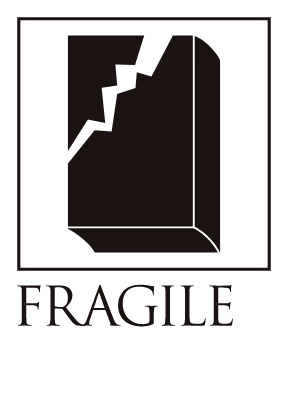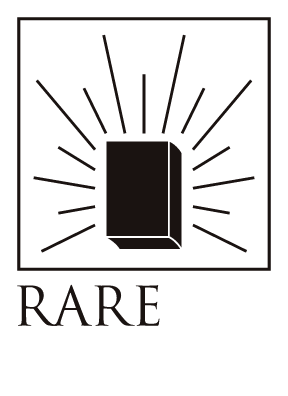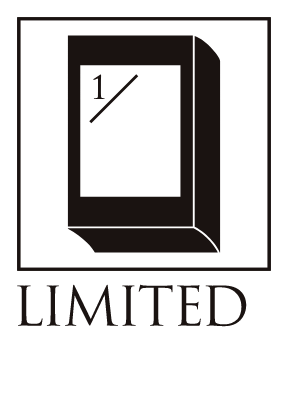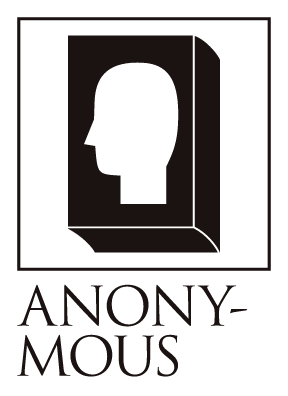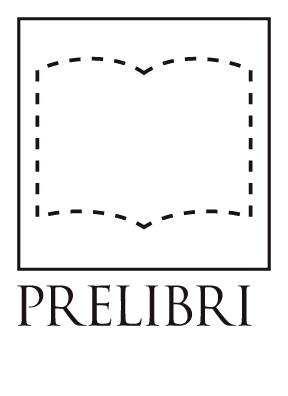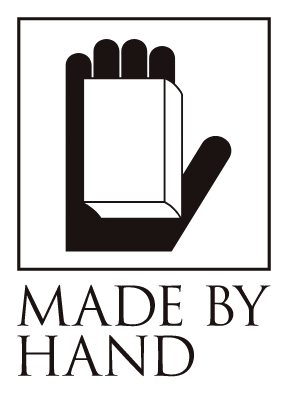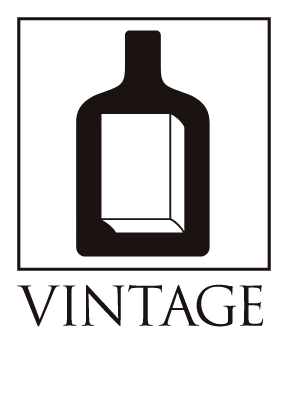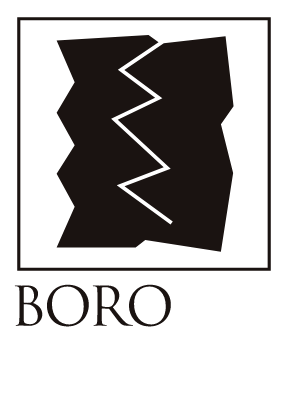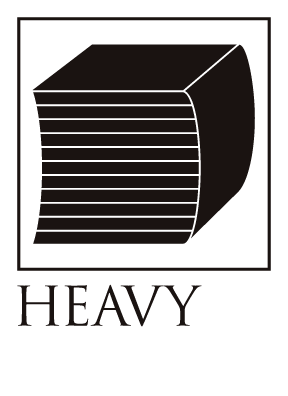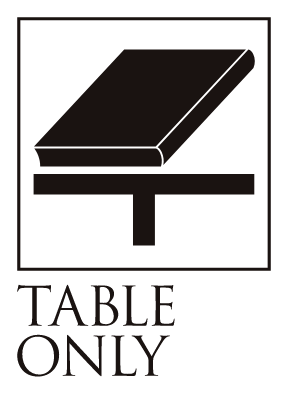En El Umbral|Lucio Fontana
Bibliographic Details
- Title
- The catalogue of the exhibition - Lucio Fontana - En El Umbral. / ルーチョ・フォンタナ展 - En El Umbral.
- Artist
- Lucio Fontana / ルーチョ・フォンタナ
- Publisher
- Guggenheim Bilbao
- Year
- 2019
- Size
- h273 × w217 × d30mm
- Weight
- 1500g
- Pages
- 287
- Language
- Spanish / スペイン語
あらゆる境界線を切り裂いて
歩み続けたフォンタナの回顧展図録
2019年にビルバオ・グッゲンハイム美術館で開催された、ルーチョ・フォンタナの回顧展「en el umbral」の図録。本書はメトロポリタン美術館で刊行された図録のスペイン語版である。
表紙案がもともと決まっていたであろうことは、想像に容易い。カンバスを思わせるクロス張りの装幀にフォンタナの切り裂いた跡のみ、版元のロゴも作家名も文字情報一切なし、何もないのにすべてを物語る、こんなにうまくいった表紙もなかなかないだろう。フォンタナのオリジナルは買えないけれど、これなら一家に一冊飾っておける。まるで「Cuts」ブラボーである。
展覧会の題名は「en el umbral」で英語は「On the Threshold 」だった。「敷居」「入り口」など、物理的な内と外の空間の境界線を指す意味と、「閾値」「限界点」「開始点」といった抽象的な境界線の概念を指す意味を持つのだそう。あらゆる境界線を行き来しながら活動をつづけてきたフォンタナに相応しいタイトルである。装幀デザインにしろ、タイトルにしろコピーにしろ、開催に関わった人々のフォンタナへの並々ならぬリスペクトを感じずにはいられない。
内容には、初期の彫刻作品から、有名なカッツをはじめとした晩年の作品までフォンタナのアーティストとしての生涯を知ることができる。エミリー・ブラウン、アンドレア・ジュンタ、アンソニー・ホワイト、エンリコ・クリスポルティ、ピア・ゴッチャラー、そしてカタログ編集者のイリア・カンデラによるエッセイも収録されている(スペイン語)。
フォンタナと言えば、カンバスを切り裂いたシリーズ「Cuts」だが、実は、フォンタナがCutsシリーズを作り始めたのは50才を過ぎてからのこと。第一次世界大戦では、陸軍へ志願し、歩兵隊の中尉にまでなったが、前線で腕を負傷し除隊となっている。その後アルゼンチンとイタリアを行き来しながらキャリアを積み、この大西洋を越えた経験が彼の芸術的ビジョンを決定づけた。墓石を制作する会社を営む父のもとで働いていたことからもわかるように、彼は最初彫刻家だったが、ミラノで古典的な彫刻を学んぶうちに反アカデミズムの兆候が現れ、石膏やテラコッタ陶器などあらゆるマテリアルを積極的に用いて実験を繰り返した、古めかしい「彫刻らしさ」に挑戦したい、ただそのことだけが彼を駆り立てた。
古典的概念や固定観念に囚われることをもっとも嫌ったフォンタナは、核の脅威が恒常化し、国際的な研究が宇宙開発競争に集中していた冷戦の影響下で、最も象徴的な「Cuts」制作した。「スペース・コンセプト」というタイトルのもと、彼の最初の穴あきペインティングのシリーズは、電光の透過とフィルタリングのためのスクリーンとしてデザインされた。緊張感のあるキャンバスを支持体として、フォンタナは西洋の伝統的なイーゼル・ペインティングを根本的に変革しようとした。穴は官能的な涙へと進化し、作家は空虚を自らの実践の絶対的な中心に据えた。1958年に制作されたフォンタナの最初の作品は、フォンタナの最も特徴的なスタイルとなった。フォンタナはキャンバスの全面に絵の具を塗り、鋭利なナイフで切れ目を入れてから、開口部を手で直接成形し、時には裏面に黒いガーゼを貼り付けた。
絶頂期には、主に画家として知られていたフォンタナだが、51歳のときに初めてキャンバスを使い、生涯を通じて彫刻と結びついた。1950年代、アンフォルメルとして知られる抽象表現主義が、第二次世界大戦後のヨーロッパ絵画の様式的基礎となり、フォンタナはこの流れに反応せずにはいられなかったという。1950年代の終わりには、北イタリアのアルビソラの町で『自然』と題した一連の彩色彫刻に取り組み始めた。テラコッタの大きな焙烙玉や穴や切れ込みのある覆いについて、フォンタナは「無はすべてのはじまりだ / una nada, o el comienzo de todo」と話したそうだ。
ルーチョ・フォンタナ
1899年アルゼンチン生まれのイタリア人画家・彫刻家。建築を学んだ後、ミラノのブレラ美術学校で彫刻を習得。初期には主に陶芸による作品を制作。1935年にパリの抽象美術のグループ「アプストラクシオン・クレアシオン」に参加。同グループには、ピート・モンドリアン、ワシリー・カンディンスキー、岡本太郎らが集まった。第二次世界大戦が勃発し、ブエノスアイレスに滞在。46年、教鞭を執っていたアルタミラ・アカデミーの仲間や生徒たちと「白の宣言」を起草し、既存の絵画や彫刻を超えて新時代に見合う芸術が必要であることを説く。戦後はミラノに帰還。47年に「空間主義」を宣言する。49年よりキャンバスに穴を開ける絵画の制作を開始し、51年からはネオン・ライトやブラック・ライトを天井につるすなどした実験的な作品を発表。絵画や彫刻の既存の枠組みを超え、科学の発展とともにある芸術を唱える。代表作の「空間概念」シリーズは、空間とは何かを考察し、キャンバスに穴を開け、ナイフで切り裂き、時に小石やガラスといった伝統的な絵画では画材とならないものを使用。作家の行為の痕跡を見せるとともにキャンバスの奥行きに迫り、絵画の二次元性に縛られない、より開かれた表現を追求する。66年にヴェネチア・ビエンナーレ絵画部門で大賞を受賞。フォンタナの試みはイタリアの「アルテ・ポーヴェラ(貧しい芸術)」をはじめ、戦後美術に大きな影響を与えている。
Lucio Fontana
Lucio Fontana is an Italian painter and sculptor born in Argentina in 1899. After studying architecture, he studied sculpture at the Brera School of Fine Arts in Milan. In 1935, he joined the Parisian abstract art group Astraxion Création. The group brought together artists such as Piet Mondrian, Wassily Kandinsky, and Taro Okamoto. When World War II broke out, he stayed in Buenos Aires, where in 1946 he drafted the "White Manifesto" with his colleagues and students at the Altamira Academy, where he was teaching, and preached the need for art that goes beyond existing painting and sculpture to meet the needs of a new age. After the war, he returned to Milan, where he declared his "Spatialism" in 1947, and in 1949 began painting with holes in the canvas, and from 1951 began experimental works with neon lights and black lights hanging from the ceiling. He advocates an art that transcends the existing framework of painting and sculpture, and that exists in tandem with the development of science. In the "Spatial Concept" series, one of his representative works, he examines what space is, drilling holes in the canvas, cutting with a knife, and sometimes using pebbles, glass, and other materials that are not used as materials in traditional painting. In 1966, Fontana won the Grand Prize for Painting at the Venice Biennale. Fontana's experimentation has had a major impact on postwar art, including Italy's "Arte Povera" (Poor Art).
